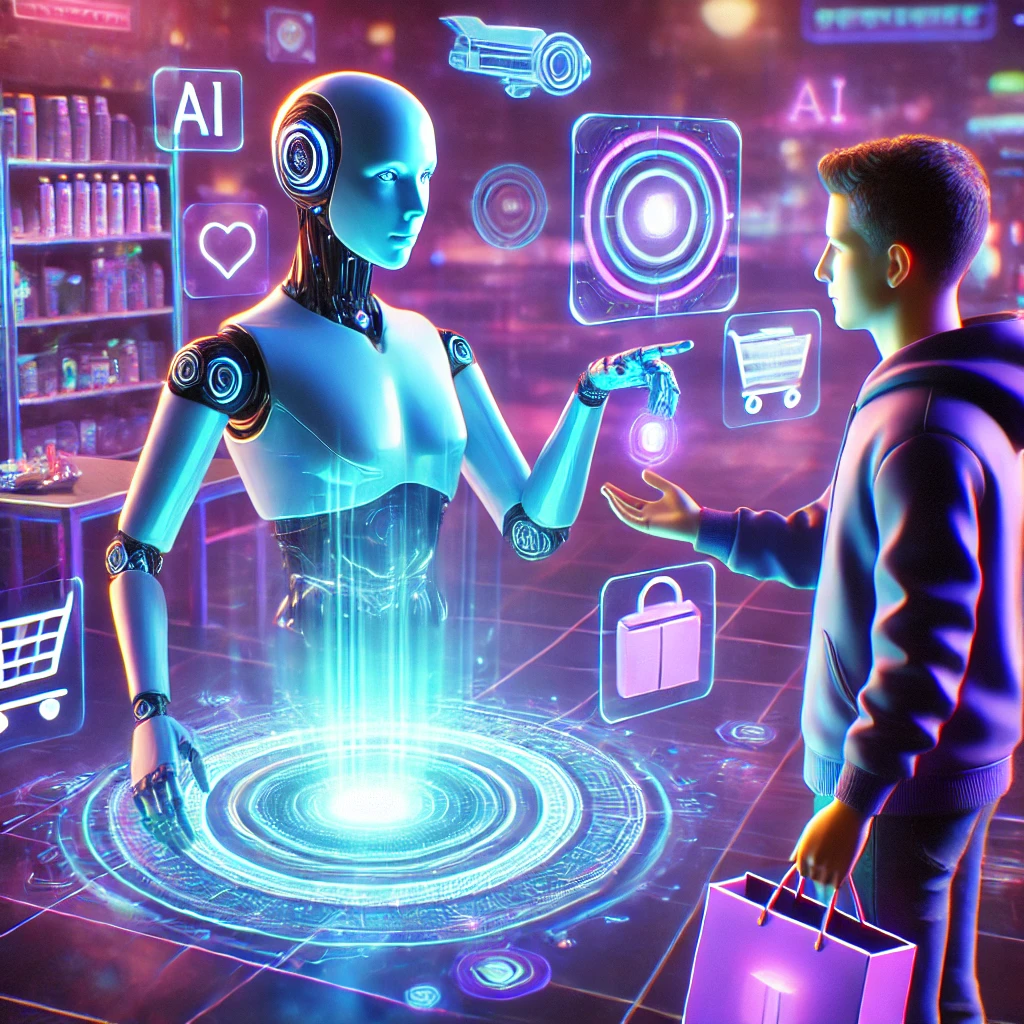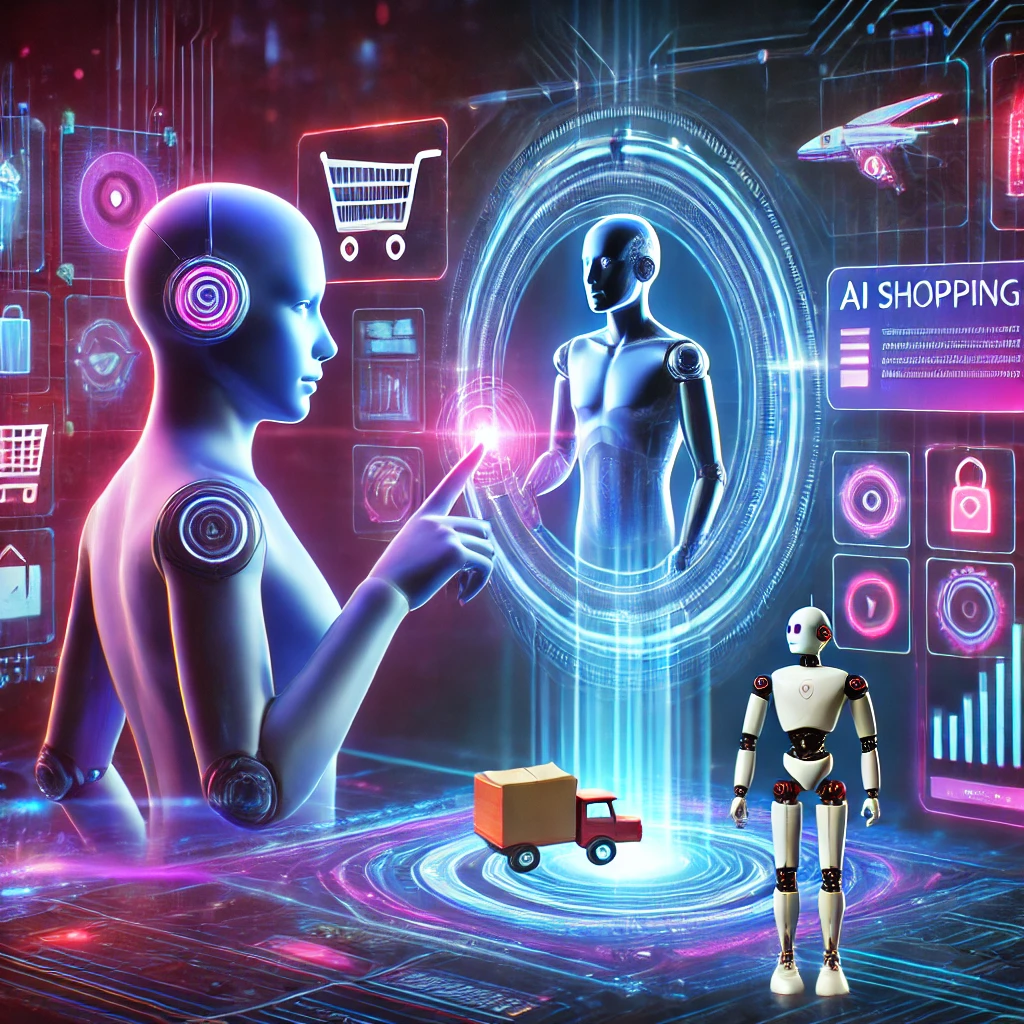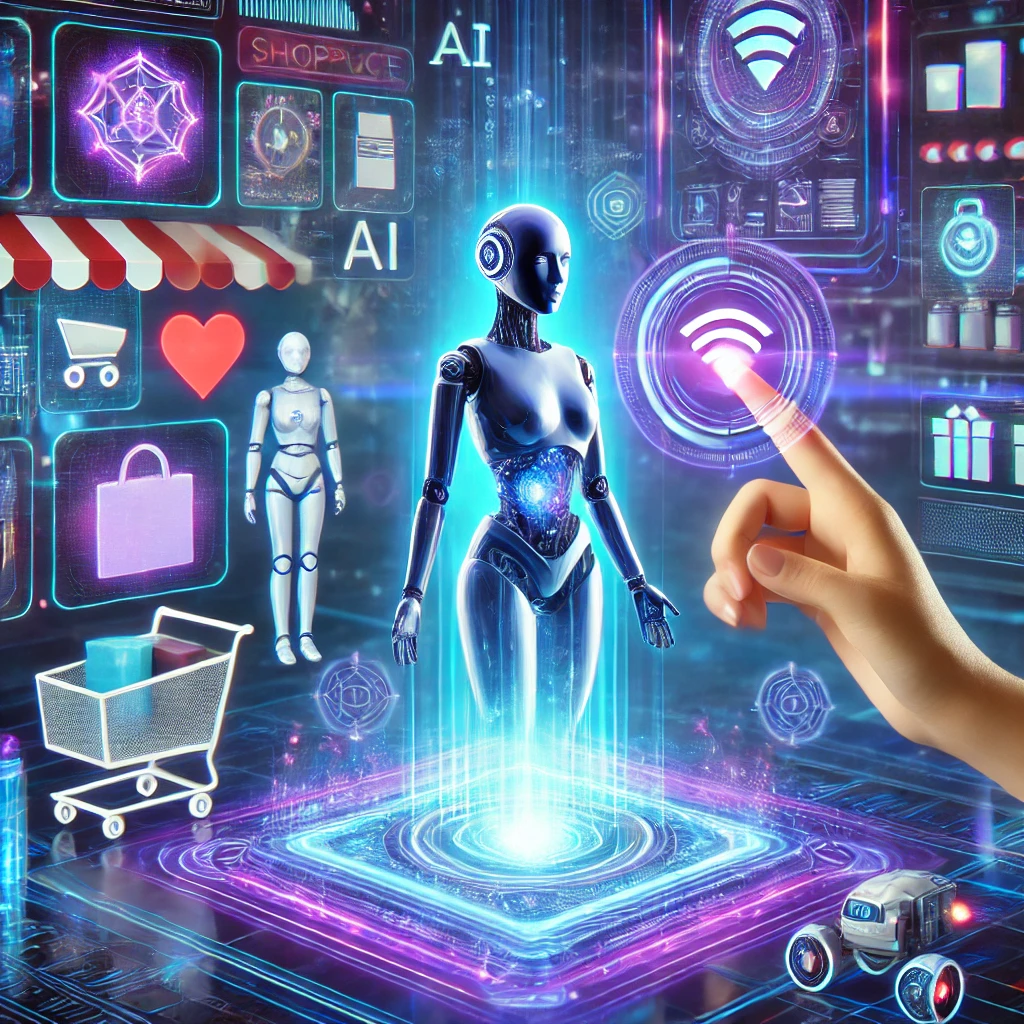The year 2024 has brought major shifts to the e-commerce sector, and 2025 e-commerce trends show that AI is shaping online shopping like never before. As technology rapidly evolves, unstable markets and changing consumer expectations present both challenges and opportunities for business leaders. Therefore, brands must adapt to stay competitive.

Moreover, today’s consumers seamlessly integrate online and offline shopping, reflecting the 2025 e-commerce trends. Modern customers demand a smooth integration between digital and physical shopping. Consequently, brands that fail to understand their consumers—offering personalized recommendations, excellent service, and a great shopping experience—risk losing them.
In addition, global online retail sales reached approximately $5.8 trillion last year, with experts predicting growth beyond $8 trillion by 2027.
Thus, if you want a share of this trillion-dollar market, ensure your e-commerce business is in top shape.
E-Commerce Trends 2025: How Consumers Shop and Brands Sell
To stay competitive in the digital economy, brands must excel at every stage of e-commerce, from product discovery to post-purchase service. Furthermore, creating a unique customer experience requires a deep understanding of industry trends and consumer behavior.
Additionally, staying ahead of these trends is vital for both B2C and B2B brands, as B2B buyers increasingly demand the same seamless shopping experience as individual consumers. For instance, 33% of B2B buyers now rely more on mobile devices and social media for product searches.

Here are the top 10 e-commerce trends for 2025:
- AI-Driven Personalization – From product searches to creative email marketing, AI-powered personalization will be the foundation of e-commerce in 2025.
- Data Security & Privacy – As consumers become more aware of data security, e-commerce companies must implement strong encryption, secure payment gateways, and ethical AI practices to protect user privacy.
- Social Commerce – Shopping through social media will become a dominant force in e-commerce in 2025. It will help consumers discover new products, interact with businesses, and receive authentic product recommendations.
- Voice Commerce – Powered by smartphones, messaging apps, and AI, voice commerce will push conversational commerce to the forefront of e-commerce.
- Augmented Reality (AR) – AR will reduce the uncertainty of online shopping. It allows customers to “try on” clothing, cosmetics, or visualize furniture and paint colors in their homes before making a purchase.
- Sustainability in E-Commerce – E-commerce businesses will increasingly focus on sustainability. Eco-friendly packaging, carbon-free shipping, and sustainable manufacturing and sourcing will become the new norm.
- Supply Chain Optimization – Warehousing will undergo a transformation with robotics and automation. Technologies like AI, automation, and drones will streamline last-mile delivery and retail operations.
- Subscription Commerce – Consumers will no longer just request regular deliveries. Instead, they will expect personalized subscriptions that update in real time based on their behavior and preferences.
- AI-Powered Customer Service – AI will play a crucial role in enhancing user experience and customer satisfaction. It will make service levels unmatched by 2025.
- Composable Commerce – Brands will increasingly adopt composable commerce. This approach allows quick integration of elements like payment gateways and shopping carts without rearchitecting their entire platform.

In conclusion, these changes indicate that brands must embrace new technology, analyze consumer behavior trends, and focus on innovating customer experiences. By doing so, they can stay competitive in the evolving e-commerce landscape.





